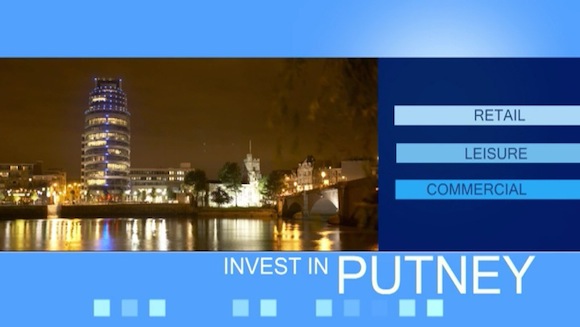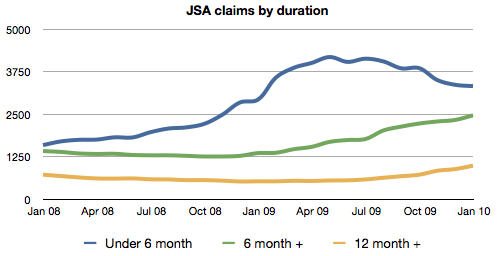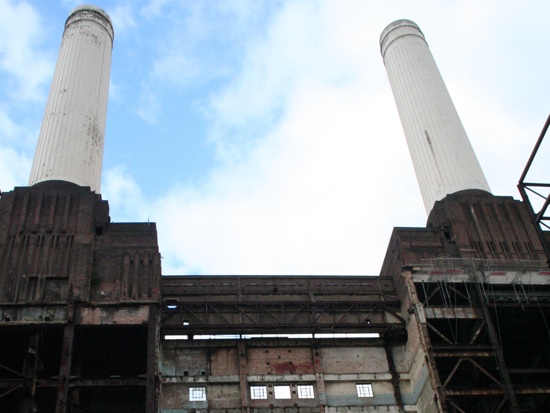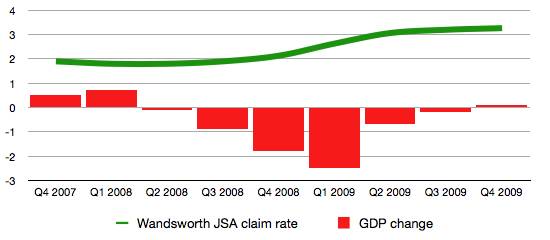The Balham and Tooting Community Association (BATCA) held another open forum last night and invited the council along to talk about Tooting Together. This had been something of an on and off affair, since it was running a little close to the council’s formal election embargo (when it stops pretty much all publicity and events in case they are seen as political) and our attendance nearly cancelled when Sadiq Khan wanted to attend and address the meeting. To Sadiq’s credit, he immediately agreed to stay away when it was explained that would put the council in a tricky position so close to an election.
And, as ever for BATCA, it was an overwhelmingly positive affair, focused on the good of Tooting rather than politics.
I’ve embedded a slideshare of my presentation above, which is largely images. But it concentrated on a few key themes.
First was litter; where there was a perception that Tooting was dirty, despite being (along with Clapham Junction) the most cleaned area of Wandsworth, getting 12 cleans a day. A number of measures have improved this. We’ve put more bins in, and adapted other bins with receptacles for cigarette butts. Along with the police we’ve introduced stricter enforcement, issuing fixed penalty notices to offenders. We’ve cleaned out a lot of the private alleyways (even though they are private land). But I think the biggest difference has come from time-banded waste collection, which has meant that rubbish from retailers and businesses clutters the streets for as short a time as possible. It has been so successful it is being rolled out across the borough.
Second was clutter; on the narrow and busy pavements there’s a real problem with shops spilling out of their premises, especially when there’s extra obstructions from sign-posts and bus-stops. We’ve worked, where possible, to minimise the obstructions from street furniture (as the signs and fixtures are called), but the biggest success has come from the trial organised with TfL that allowed the council to enforce restrictions. This meant for the first time the council could stop traders spreading over the pavement where they didn’t have the right.
Next was police; thanks and congratulations here are due to Wandsworth Police, and particularly the borough Commander Stewart Low, who have created a dedicated town centre team. The council have been asking for something similar for a number of years – so it was great when Stewart made it happen. The team have had a number of successes in their short time there.
Finally are better shops; this is something the council, and most others have little control over. We have long been trying to encourage retailers to Tooting, but with little success. In part this is down to the nature of town centre, the retail units are generally small, and not attractive to many large retail chains. It’s also down to the success of the town centre, even during the recession there were relatively few vacancies, and those there were ended up being filled quickly. My worst fears of a high street of empty shops didn’t come close to fruition. But one thing we can do is encourage improvement among existing retailers – the Good Neighbour Scheme is one way we are doing it, accrediting shops that meet minimum standards and encouraging them to share tips with their neighbours.
To me though, the most important point of the whole exercise is the ‘Together’ element of it, simply because it is together that the problems are solved. At it’s most basic, it’s a shared responsibility to keep basic standards in our town centres (the council were not littering the streets, for example), but it’s also a shared opportunity for everyone to play a part in the improvement. Whether it’s TfL delegating their enforcement powers, the police actively patrolling the town centre, retailers striving to make their shops as good as possible or shoppers boosting the local economy we all can play a small part that makes a big difference.



 The dates for the next public exhibition at New Covent Garden Market have been announced. The exhibition will run over three days starting on Thursday 25 February and finishing on 27 February – including some very early morning sessions (you can go at 5am on the Friday).
The dates for the next public exhibition at New Covent Garden Market have been announced. The exhibition will run over three days starting on Thursday 25 February and finishing on 27 February – including some very early morning sessions (you can go at 5am on the Friday).

